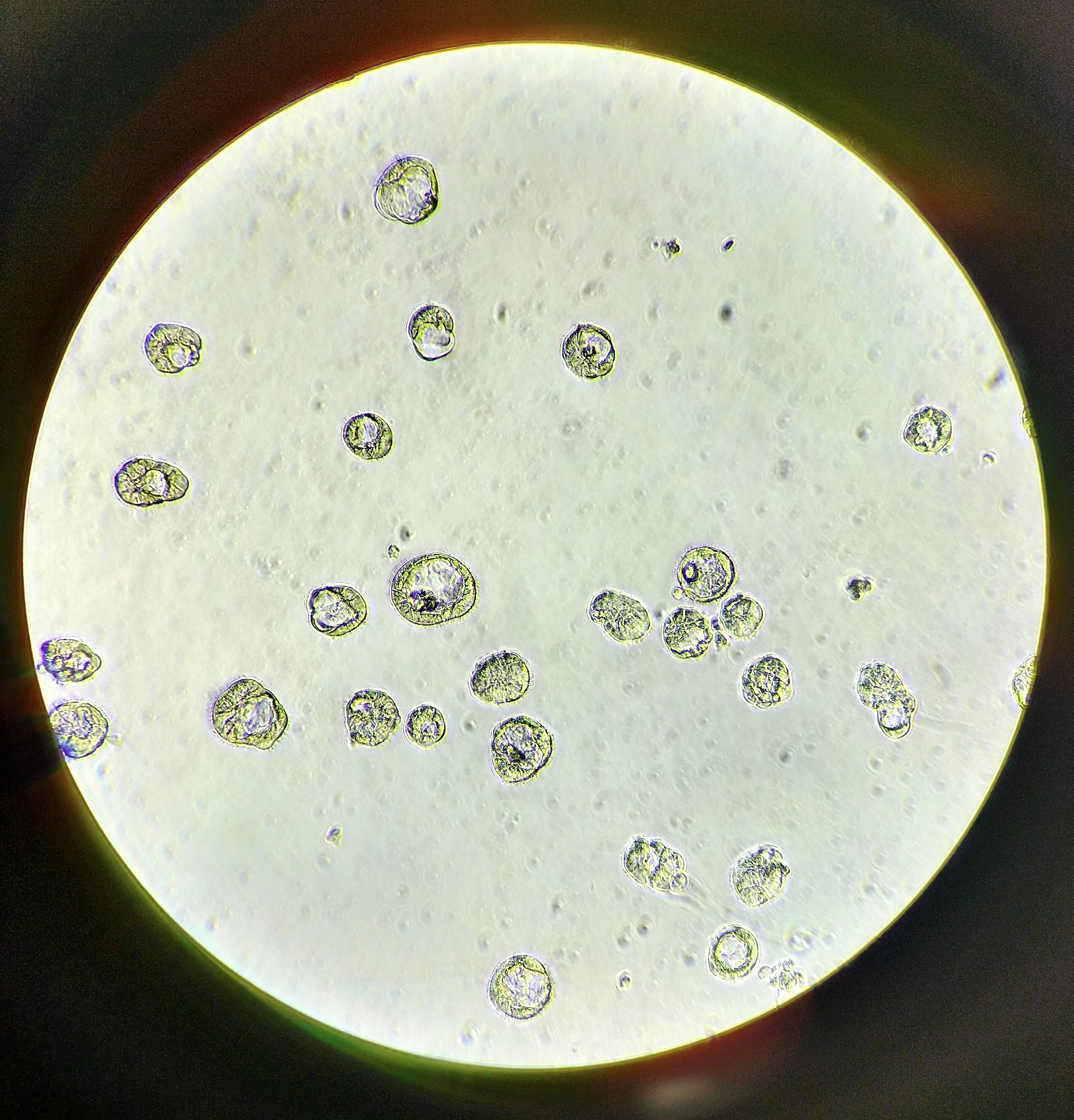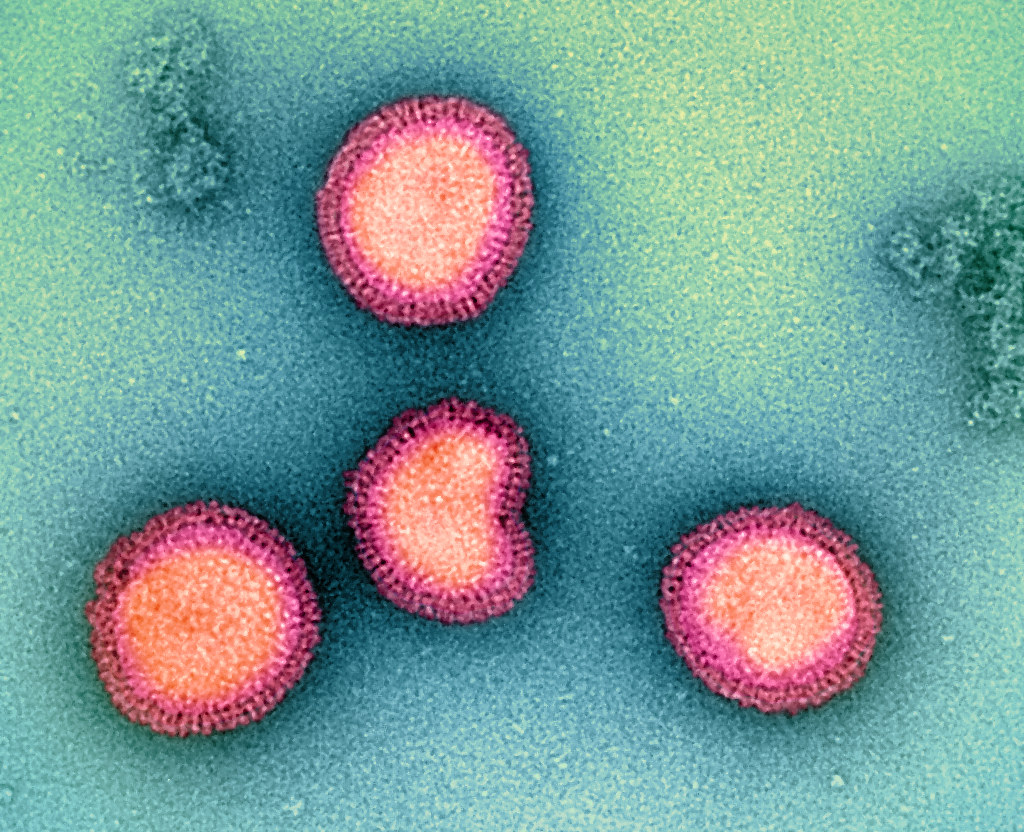An innovative tool to boost preclinical development

Vibiosphen’s constant objective is to develop innovative and translational experimental models that would ultimately result in the decrease of the number of animals used for preclinical testings.
To fill the gap between in vitro models that use 2D cells and mice, we developed human lung organoids as a model to characterize drugs that will target respiratory tract infections.
The development of this new model became even more relevant in light of the recent FDA’s announcement that claimed that human trials can now be designed without any prior animal data.
Because they are made from human material, they provide biologically relevant information that will help to better design the subsequent in vivo experiments. The use of human organoids should also save time and money, since the preclinical timescale should be drastically reduced thanks to the translational nature of the model.
Lung organoids that were infected with bacteria (Acinetobacter baumannii Pseudomonas aeruginosa and Staphylococcus aureus) produced IL-8. They were also infected with viruses (influenza virus and rhinovirus) and fungi (Candida albicans and Aspergillus fumigatus).
The model was then complexified to make it even more translational using a microfluidic system. We have designed two different models that mimic the two main methods for drug delivery for respiratory tract infections:
(i) inhalation in which a high dose of drug reaches the lung and then is rapidly cleared.
(ii) perfusion in which the drug is instilled for a long period of time.
Another level of complexification added consisted in the addition of pulmonary immune cells to mimic as accurately as possible the pulmonary environment. The idea is to bring the 2 main innate immune cells present in the lungs that are dendritic cells and alveolar macrophages together with the organoids and see what happens in a situation of infection, both in our static model and in the microfluidic system.

At Vibiosphen we truly believe that pushing innovative model in the preclinical test arsenal is much needed to improve the success of the drug development process. By introducing new translational model to the pipeline of models, we are confident that the in vivo studies will be better designed and avoid some expensive back and forth experiments to reach the right set up.
Please feel free to reach out to discuss about the model and how it could impact your preclinical development and ultimately boost your drug development process.
Catégories
Pagination
- Page 1
- Page suivante
Archives
- juin 2025 (1)
- mai 2025 (1)
- mars 2025 (1)
- mai 2024 (1)
- avril 2024 (2)
- septembre 2023 (1)
- août 2023 (1)
- mai 2023 (1)
- avril 2023 (2)
- février 2023 (1)
- décembre 2022 (1)
- octobre 2022 (1)
- juin 2022 (1)
- mai 2022 (3)
- avril 2022 (1)
- février 2022 (2)
- janvier 2022 (3)
- décembre 2021 (2)
- novembre 2021 (1)



